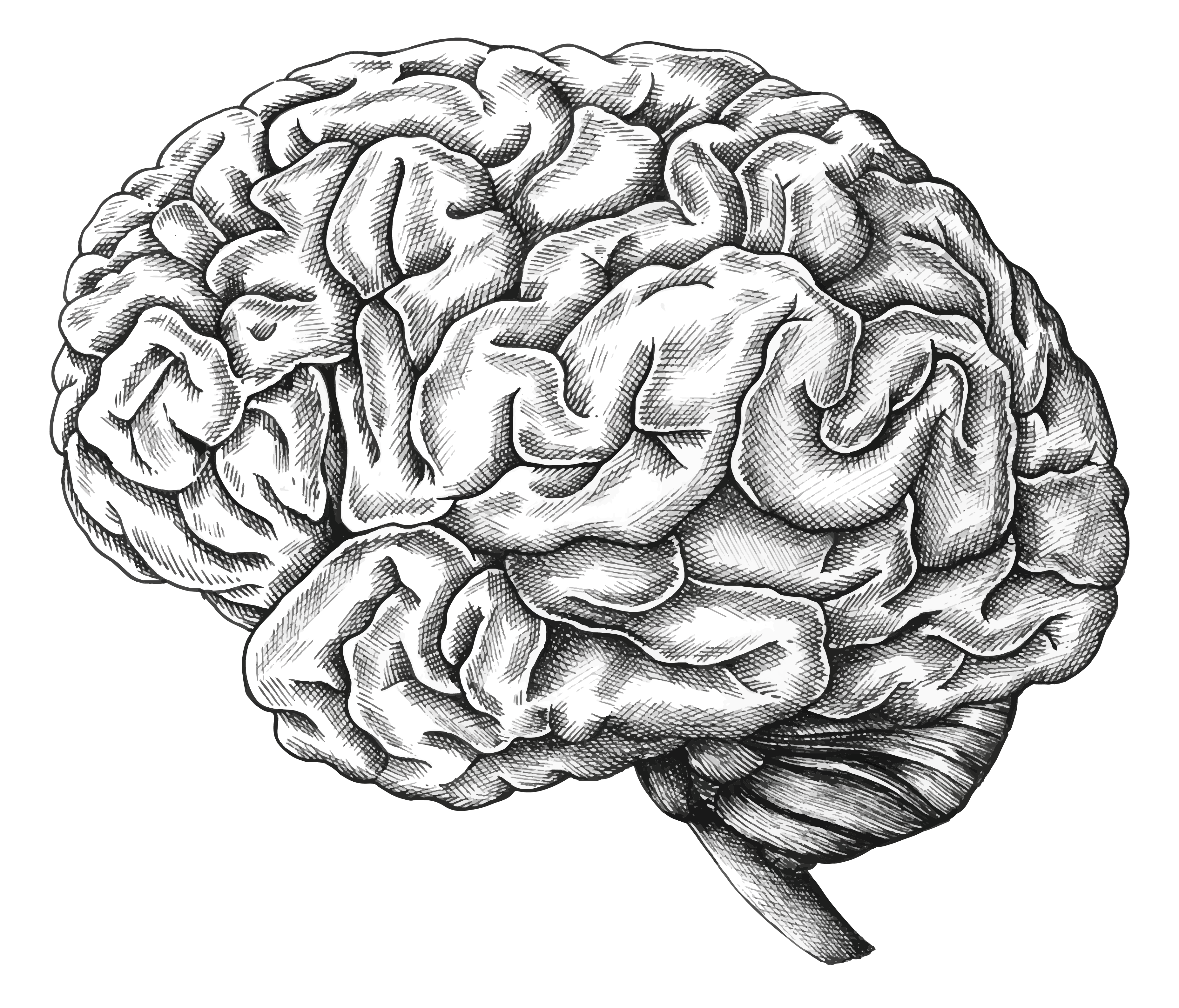Brain-based Therapy
“Positizing” Bad Memories!
All animals naturally dissociate into a “zone” of an altered state for rest and recovery. As a trained hypnotherapist, I believe that intentionally accessing The Zone stimulates higher levels of the brain. When a creature is entranced, there is a sense of calm focus and stillness in the body. Self-hypnosis or meditation helps to achieve The Zone on our own, and recorded, guiding processes help train and program the mind-body. Whichever method is used to stimulate the state, The Zone causes the top brain to come alive. Insight improves, the intuitive center turns on, and problem-solving is more efficient when we move into this type of natural altered state. The Zone is a form of deep relaxation, and it is restful. During the state, we can direct healing with our mind to any part of the mind-body that needs attention. We have special gifts when the primitive brain is calm.
In a general sense, a hypnotherapist produces an altered state in an individual to help change subconscious perceptions. Hypnotherapy and Neuro-Linguistic Programming help with all sorts of problems, such as bad habits, phobias, anxiety, low self-esteem, pain, and other health problems. It works because hypnotherapists help clients calm and quieten the conscious mind, allowing the subconscious mind to receive positive suggestions made by the therapist. When the client goes into “the zone,” the therapist can use "suggestions" to help the client overcome specific problems or make desired changes. In the case of trauma, hypnotherapists can help clients perceive their trauma as merely something that happened. The goal is to update encoded data and realize that the bad thing is over and has no power anymore.
